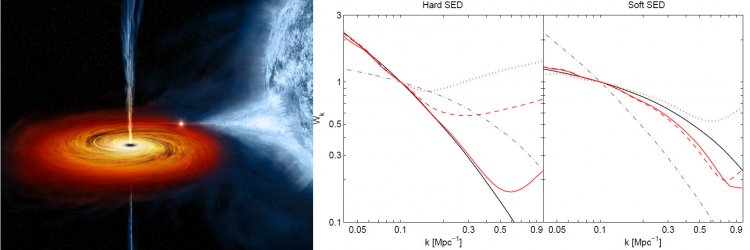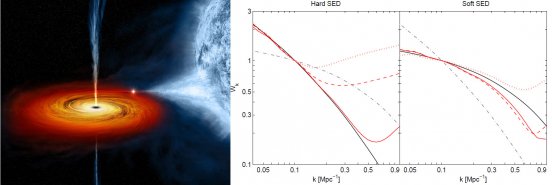
 Autour du thème des TIPE pour les concours 2020
Autour du thème des TIPE pour les concours 2020
 Autres années
Autour du thème des TIPE pour les concours 2019 - Transports
Autres années
Autour du thème des TIPE pour les concours 2019 - Transports

 Autour du thème des TIPE pour les concours 2020
Autour du thème des TIPE pour les concours 2020
 Autres années
Autour du thème des TIPE pour les concours 2019 - Transports
Autres années
Autour du thème des TIPE pour les concours 2019 - Transports

Image Credit: NASA/CXC/M.Weiss
One of the exciting frontiers in astronomy is the exploration of the young universe, when stars and black holes first formed. Since the universe was filled with hydrogen atoms at that time, the most promising way to observe this era is by measuring the characteristic emission of hydrogen at a wavelength of 21 cm, which falls in the range of radio waves. Thus, several large international groups have begun operating new arrays of radio telescopes, in order to detect the expected radio waves from hydrogen in the early universe. Once observed, the pattern of these radio waves on the sky should indicate when the first stars formed, since the light and heat of these stars affected the surrounding hydrogen. Previous work has explored how to decode these radio waves using detailed modeling, in order to uncover the properties of the first stars. In this work we have discovered direct signatures of the first sources of light in the radio pattern, which should allow a much easier and more convincing illumination of early cosmic history. In particular, a measurement of how the radio-wave pattern changes with direction gives rise to a cosmic clock which measures the sequence of the most important events in the early history of the universe. Moreover, it provides a direct way to tell if the cosmic gas was first heated up by X-rays from black holes or from hot gas in galaxies.
Reconstructing the Nature of the First Cosmic Sources from the Anisotropic 21-cm Signal
A. Fialkov (ENS), R. Barkana (Tel Aviv University), A. Cohen (Tel Aviv University)
http://dx.doi.org/10.1103/PhysRevLett.114.101303
 RECRUITMENT
RECRUITMENT DIRECT ACCESS
DIRECT ACCESS